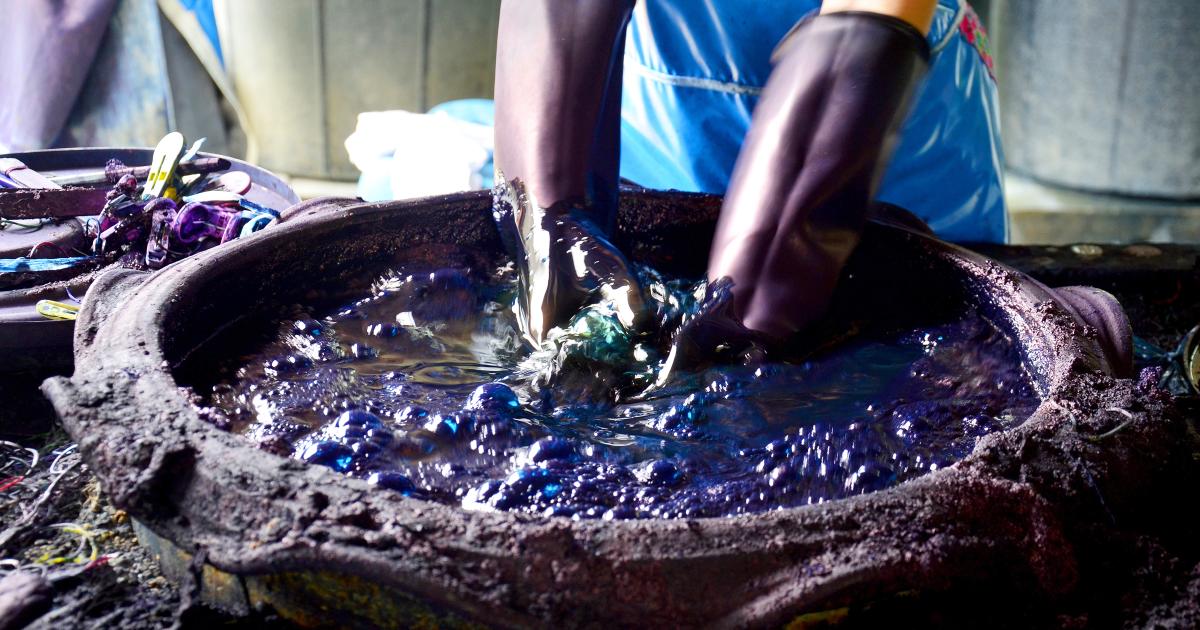The Hidden Hazards in Your Wardrobe: How Chemicals in Fashion Could Be Making You Sick
07/04/2023
In the bustling world of fashion, where trends come and go in the blink of an eye, there’s an unseen danger lurking in our closets. From luxurious silk dresses to cozy cotton tees, our beloved garments may harbor more than just style – they could be harboring harmful chemicals that pose a threat to our health.

Imagine slipping into a sleek uniform for work, only to be met with a hacking cough, blistering rashes, and migraines. This nightmare became a reality for Mary, an Alaska Airlines attendant, and hundreds of her colleagues back in 2011. Their new synthetic uniforms, touted for performance, were laced with a cocktail of toxic substances, including tributyl phosphate and lead. Despite their pleas for relief, their complaints were dismissed, and a lawsuit against the uniform maker fizzled out due to lack of evidence.
But Mary’s story is not unique. Flight attendants across different airlines have experienced similar health crises, shedding light on a broader issue within the fashion industry. Beyond the glamorous facade of runway shows and glossy magazines lies a dark truth – the chemicals used in textile production can have serious consequences for both wearers and workers alike.
The impact of these harmful chemicals extends far beyond the confines of airline uniforms. Textile workers in developing countries often bear the brunt of exposure to hazardous substances, facing breathing problems, skin irritations, and even death. Yet, what’s alarming is that even those of us who don’t work directly with textiles may be at risk.
Consider the case of Karly Hiser, a pediatric nurse practitioner in Grand Rapids, Michigan. Despite her medical background, it took her over a year to realize that her son’s worsening eczema was linked to the clothing he wore. Cheap, mass-market brands may offer affordability, but they often come with a hidden cost to our health. Hiser’s solution? She turned to sewing her son’s clothes using non-toxic fabrics, a drastic measure to safeguard his well-being.
Jaclyn, a former fashion production manager in New York City, experienced firsthand the perils of working with synthetic chemicals. Opening boxes of clothing samples from overseas, she was met with a pungent smell that triggered rashes and allergies. Even after leaving her job, the damage had been done – her health spiraled downward, a result of years of exposure to harmful substances.
The complexity of chemicals in fashion presents a daunting challenge for researchers and regulators alike. Unlike food or beauty products, clothing does not come with an ingredient list, leaving consumers in the dark about what they’re wearing. Dr. Irina Mordukhovich, one of the authors of a Harvard study on flight attendants’ health, warns that the cumulative effects of multiple chemicals in clothing remain poorly understood.
Recent tests on garments from major brands have revealed shocking levels of hormone-disrupting chemicals like BPA and PFAS, far exceeding safety limits. Children’s clothing, often produced by ultra-fast-fashion brands, has been found to contain toxic substances like lead and phthalates. The consequences of prolonged exposure to these chemicals range from acute toxicity to long-term health issues like cancer and reproductive disorders.
Despite mounting evidence and growing consumer concern, regulatory oversight remains lax. While the European Union has banned over 30 substances for use in fashion, the United States lacks federal standards for chemical safety in clothing. Calls for government action to mandate labeling requirements and ban toxic substances have gone unanswered, leaving consumers vulnerable to the opaque world of chemicals in fashion.
As we navigate the aisles of clothing stores and browse online catalogs, it’s time to ask ourselves: are our clothes making us sick? The answer may not be as clear-cut as we’d like to believe. But one thing is certain – until meaningful action is taken to address the hazards lurking in our wardrobes, the price of fashion may be higher than we ever imagined.
